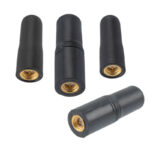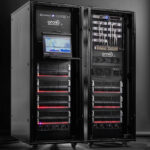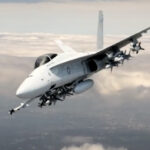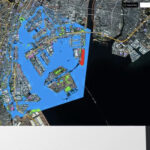Honeywell Announces Acquisition of Civitanavi Systems to Boost Autonomous Aerospace Operations and European Presence
In a strategic move to enhance its offerings in autonomous operations within the aerospace sector, Honeywell (NASDAQ: HON) has revealed plans to acquire Civitanavi Systems S.p.A. (Civitanavi) (Euronext Milan Exchange: BIT: CNS), a leading provider of high-precision inertial navigation and stabilization solutions.
By Inside GNSS













